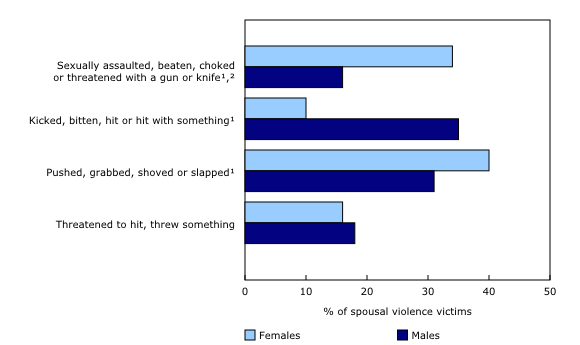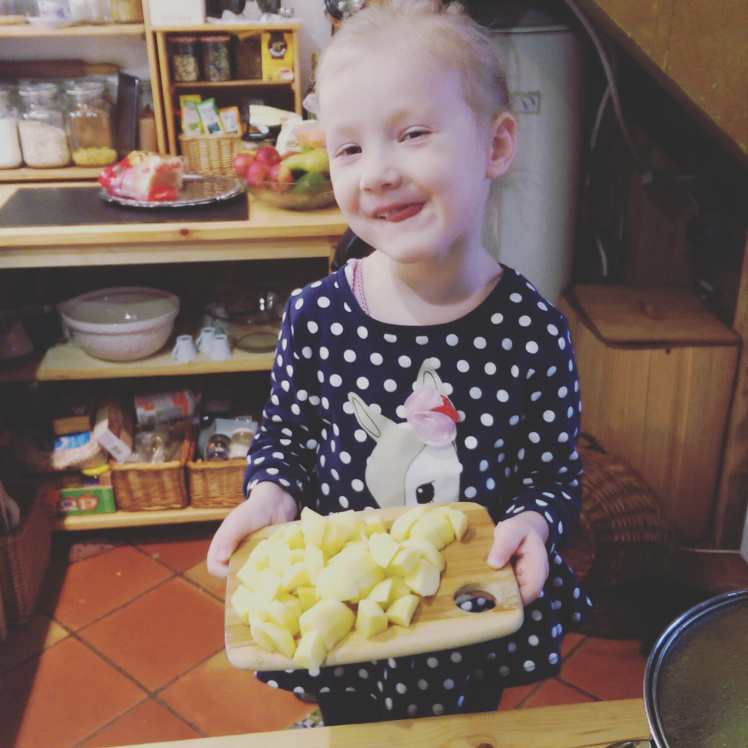Domestic Violence is a dis-ease that is quietly spreading throughout our Canadian communities affecting an estimated 4.2 million people. It affects every gender, every race and doesn’t care about your financial status. The cure: public education and community support.
Canada is known as a thriving developed country and offers hope for all those who wish to prosper. It is known to be a “friendly” place, a place of gender equality and equal opportunity. It is a place where people should feel free and safe. It is a place Canadians are proud to call home. And yet, Canada, like all other countries, has a shadow that extends back into the dark ages. It is within this shadow that hides a dis-ease that disables many Canadians from living a prosperous life and being truly free and safe. This dis-ease is called Family Violence.
Family Violence, also known as Domestic Violence, often goes unseen to those who are not in the immediate environment of the destructive interactions. Often, the victim will hide their wounds or make up excuses as to how they received the lacerations. For the mental wounds, the victim will become withdrawn, claim to just be tired, avoid eye contact, display low self-worth or even overcompensate being helpful and happy. It really is a personal reaction and of course, not all people will react the same.
Having said that, Family Violence can also be very public. It can affect a wide radius of people who are connected to the disturbance. Some abusers like an audience. Fighting can be heard by other family members, neighbors and police are called in. In many cases, the victim needs to be treated at the hospital for broken bones or worse, life-threatening injuries. For the mental well being, some victims seek to counsel with a social worker, doctor or a priest.
Although Family Violence seems to be a personal issue for those who are intimately involved, the repercussions do extend to the society as a whole through a ripple effect. Violence begets violence. It affects children and future generations. This dis-ease continues to grow, and it does affect everyone at some level.
In his 2016 report, Dr. Gregory Taylor Canada’s Chief Public Health Officer, says “In 2014, 131 Canadians died at the hands of a family member and there were 133,920 reported victims of dating or family violence, with the majority of victims being women. Just under 9 million Canadians have reported experiencing abuse before the age of 15 years.”
His published report on a population survey noted that:
- An estimated 760,000 or 4% of Canadians over the age of 15 years said they had experienced spousal conflict, abuse or violence in the previous five years
- An estimated 760,000 or 4% of Canadians over the age of 15 years said they had experienced spousal conflict, abuse or violence in the previous five years.
- An estimated 4.2 million or 14% of Canadians over the age of 15 years said they had experienced emotional abuse from a spouse or common-law partner at some point in the past.
- An estimated 900,000 or 3% of Canadians over the age of 15 years said they had experienced financial abuse from a spouse or common-law partner at some point in the past.
- An estimated 766,000 or 8% of Canadians over the age of 55 years said they had or neglect from a family member in the previous year.
Taken from the Family Violence in Canada: A statistical profile, 2014, Released: 2016-01-21, this chart reveals Victims of self-reported spousal violence, by the most serious form of violence and by gender.

The question becomes; Does it just randomly happen to anyone?
“Domestic violence cuts across all parts of society,” says Jan Reimer, the Executive Director of ACWS. “Some women experience additional barriers in facing domestic violence and abuse because of culture, language, economic or other factors. But it can happen to anyone. It can take many forms from physical abuse and violence to control over family finances, abuse of pets or enforced social isolation.”
There is no one answer to this question. There is no one type of person to create a perfect profile of victim and abuser. Being that Canada is a melting pot of different cultures, recognizing the individual needs of each family can be challenging and take time. And as demonstrated from the Spouse Victims chart, as shown above, we can see that it is not only men who are the abusers; men can also be the victims of abuse. We can also add that abuse can happen in same-sex relationships.
The next question is; Why stay with someone who abuses you? Why would a person continue to live in an abusive relationship?
Jan Reimer explains that “An abusive partner exerts a range of control over a woman’s life. This can include preventing her from having any money or from seeing friends or family. He uses these tools to exert power and control but also to limit the opportunities for her to leave and begin a new life free from his abuse. The most dangerous time for a woman is when she decides to leave her abusive partner. The threat of being killed or seriously injured escalates significantly. Women often face a horrendous choice between staying with an abusive partner to keep themselves alive. This is a significant factor in why women stay in abusive relationships.”
“In hindsight, I can see how manipulated I was into thinking that I loved him, that I needed him to survive,” says Sue, a domestic violence survivor, while reflecting on why she stayed for so long. “It was a roller coaster ride. One day great, the next a living hell. One day I was the best thing in his life, and then the next day everything was my fault and I was being punished. It just kept getting worse. Then the death threats came. I was so scared.”
Family Violence is not a straightforward issue. It is complicated, it is emotional, and it is usually dangerous. More often than not, manipulation is one of the key elements that lure the potential victim into the trap. For most, the abuser has gone to the extent of isolating the victim from friends and family or has threatened to harm someone or something that is meaningful to the victim if they should reveal what is happening to them. Mental shackles are as strong as physical ones and often very effective.
Realistically, ending Family Violence is not something that will happen in just one day. People need to be educated and the stigma of shame needs to be removed. We are all connected; family violence has no boundaries and spreads quietly. The more exposure we place on this dis-ease, the less hiding places it will have to grow. And that is when the commonality healing will take place.
Advertisements Share this:




